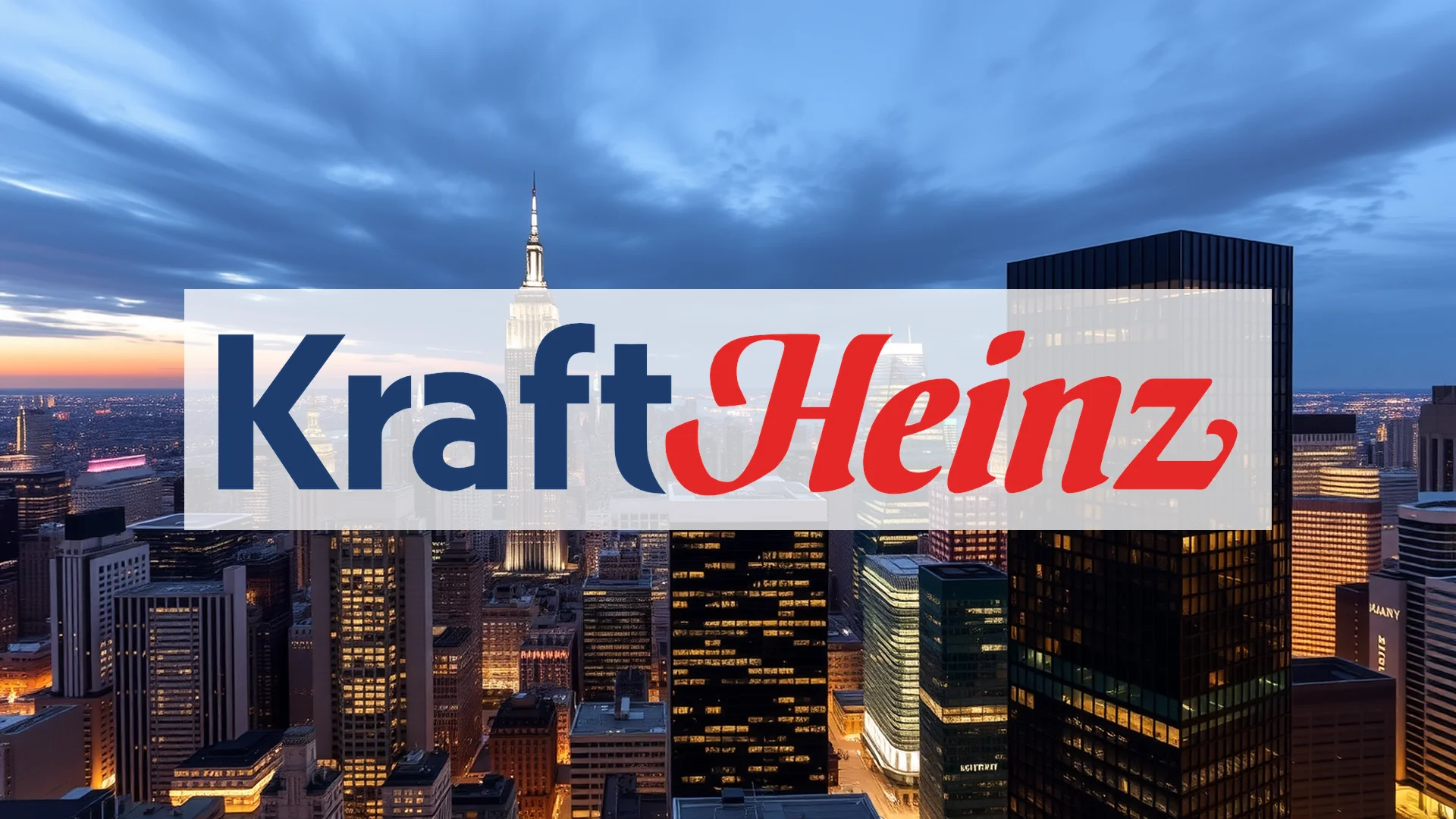Kraft Heinz is reportedly preparing a dramatic strategic reversal that would unwind one of the food industry’s most significant mergers. According to Wall Street Journal reports from September 1st, the consumer goods giant is considering splitting into two separate publicly-traded entities, effectively dismantling its 2015 mega-merger structure. An official announcement could come as early as this week.
Strategic Rationale Behind the Breakup Plan
The proposed separation would create two distinct businesses with different growth trajectories and market positions. One entity would focus on the faster-growing condiments and sauces segment, housing iconic brands including Heinz Ketchup and Grey Poupon mustard. The other would comprise the traditional packaged food portfolio featuring Kraft Macaroni & Cheese, Oscar Mayer meat products, and Jell-O.
Market analysts suggest the standalone grocery business could carry a valuation approaching $20 billion. The fundamental thesis driving this potential separation is that the combined market value of two independent companies would significantly exceed Kraft Heinz’s current valuation of approximately $33 billion. This strategic direction was hinted at in May when CEO Carlos Abrams-Rivera indicated the company was evaluating “strategic transactions to release value.”
Examining a Merger’s Shortcomings
This potential corporate divorce highlights the disappointing outcome of what was once celebrated as a landmark consolidation in the food sector. The 2015 merger between Kraft Foods and H.J. Heinz was orchestrated by Warren Buffett’s Berkshire Hathaway and Brazilian private equity firm 3G Capital. Despite high expectations, the combined entity failed to realize the anticipated synergies.
Should investors sell immediately? Or is it worth buying Kraft Heinz?
Instead, the company faced mounting challenges throughout the integration period. The second quarter of 2025 proved particularly difficult, with Kraft Heinz recording a massive $9.3 billion impairment charge. Revenue declined by 1.9 percent as consumers increasingly shifted toward healthier alternatives and more affordable private-label products. These operational struggles were reflected in the company’s stock performance, which has declined substantially since its 2017 peak.
Market Response and Future Prospects
Investors responded positively to initial reports of the potential separation, with shares advancing more than two percent on Friday. The market optimism stems from the belief that two focused organizations might operate more effectively than the current combined entity. The condiments business could potentially pursue innovation and international expansion, while the grocery division might concentrate on operational efficiency and cost management.
Market participants await potential clarification this Wednesday, September 3rd, when Kraft Heinz executives are scheduled to appear at the Barclays Global Consumer Staples Conference—an event that could provide the ideal platform for a historic corporate announcement.
Ad
Kraft Heinz Stock: Buy or Sell?! New Kraft Heinz Analysis from December 3 delivers the answer:
The latest Kraft Heinz figures speak for themselves: Urgent action needed for Kraft Heinz investors. Is it worth buying or should you sell? Find out what to do now in the current free analysis from December 3.
Kraft Heinz: Buy or sell? Read more here...












